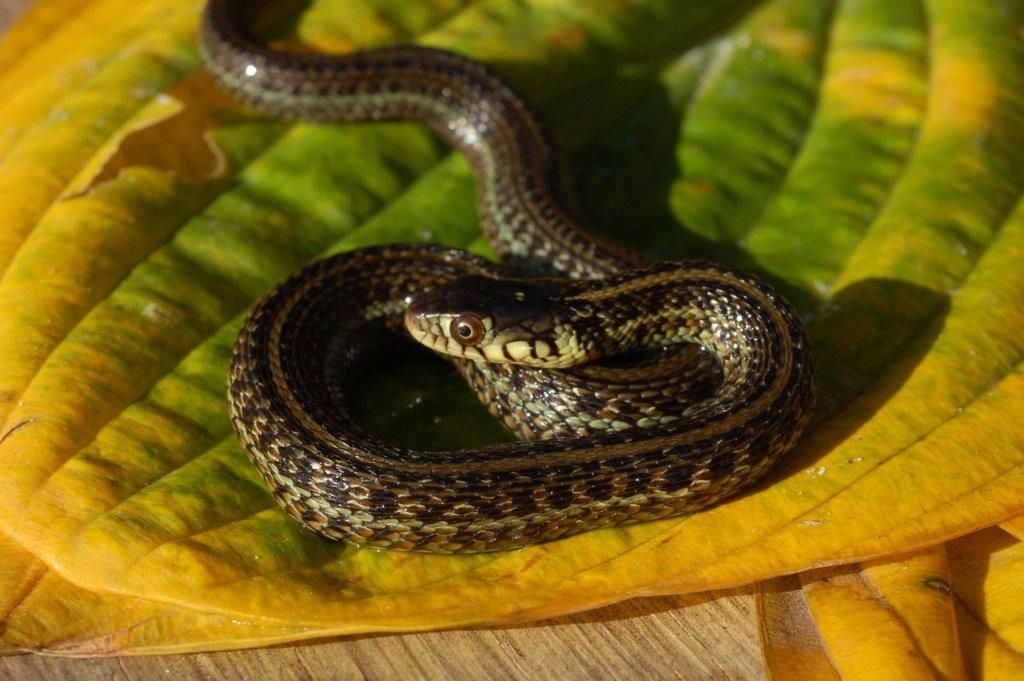

They have a light stripe down the center of their back that is bordered with black spots on each side, sometimes taking the form of a checkerboard pattern. Better yet, learn the Brownsnake’s field marks! So, how can you know if a snake is a Brownsnake and not another species?īrownsnakes are typically brown or grayish-brown in body color. There really is no upper limit with this species, so you should wait for a couple people to verify the ID before trusting the first answer. Rattlesnake, Copperhead, Hog-nosed Snake, Ratsnake, Gartersnake etc. Because Brownsnakes are very small, it is common for folk think they are babies of a larger species, but when people post their Brownsnake pictures online for identification, it really runs the gamut in terms of what IDs folk will come up with. The Brownsnake, on the other hand, which is abundant through much of the Eastern United States, flies under the radar, so people are often perplexed when they see one. In the south, most people in rural areas know about Racers ( Coluber constrictor ), and in the northeast you’ll be hard pressed to find someone who hasn’t seen a Gartersnake ( Thamnophis sirtalis ).

In a reptile and amphibian identification group that I help run on Facebook, Brownsnakes are one of the species posted most often, but w hen it comes to crowdsourcing and ID, an expert isn’t necessarily the first person who will comment on your post, and the Brownsnake really takes the cake when it comes to wrong answers.īrownsnakes are some of the most widespread, non-venomous snakes in North America, but they tend to be very secretive, mostly coming out to forage on slugs and snails at night, so few people, apart from herpetologists and seasoned naturalists, know what they are until the day they find one by their front step. If you’re like hundreds of thousands of people online, you might post a picture in a social media group that specializes in snake identification, or tag in a tweet. You might also have a field guide on hand and try to identify the snake the old-fashioned way.

Some online services growing in popularity use artificial intelligence to suggest identifications including, , and the Google Lens app, but their algorithms are not always correct, so you need to do some additional research to verify the ID. Thankfully, there are many resources to help you identify a snake quickly. What species is the snake? Where did it come from? Is it someone’s pet? Is it venomous? If you found it in the mouth of a pet or hands of a child, you may, understandably, have concerns. victa ), but without knowing what species your snake is, it is very natural to want some answers. If you’ve ever found a snake in a backyard that you didn’t recognize, there is a very good chance it is a harmless Dekay’s or Florida Brownsnake ( Storeria dekayi or S.


 0 kommentar(er)
0 kommentar(er)
